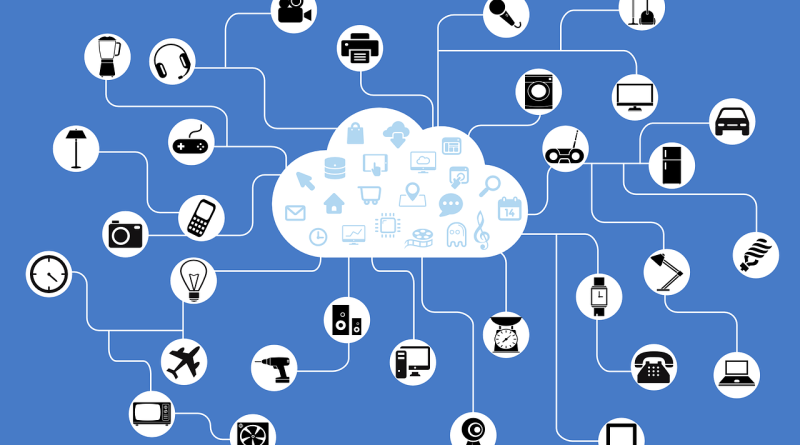Security is a real concern among consumers when it comes to the Internet of Things (IoT) which have time and again succumbed to a litany of attacks due to poor protection mechanisms and vulnerabilities. Yet vendors remain slow to implement the 13 guidelines contained in the UK DCMS Secure by Design Code of Conduct published way back in 2018 and which aligns with the international standard ETSI EN 303-645.
To help boost uptake, the UK Department for Culture, Media and Sport put out a tender to the industry to devise a scheme that would incentivise manufacturers to demonstrate proactive security compliance to customers. The result was the IASME scheme which offers three levels of compliance – Basic, Silver and Gold – in a bid to encourage the industry to take action. Those meeting the criteria can then display the associated badge on their products, reassuring customers. It’s the carrot, if you will, ahead of the legislation expected to be brought in next year under the Product Security and Telecommunications Infrastructure (PSTI) Bill.
Read more










